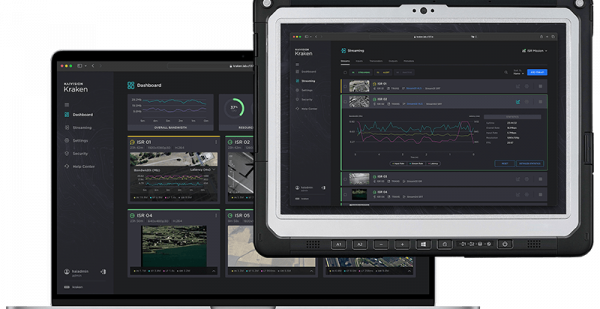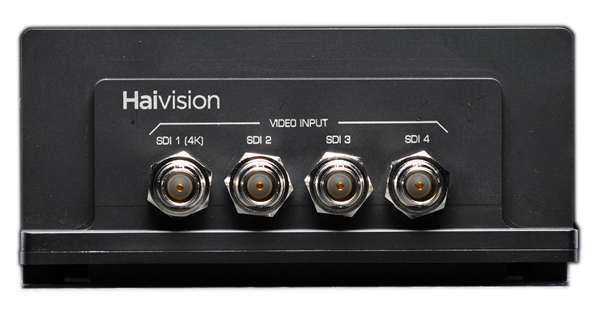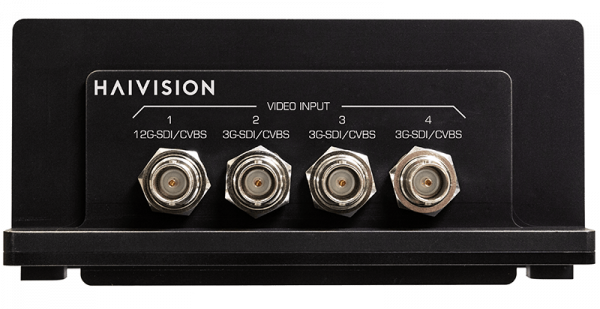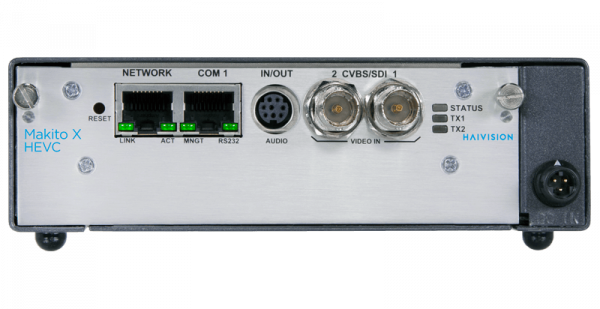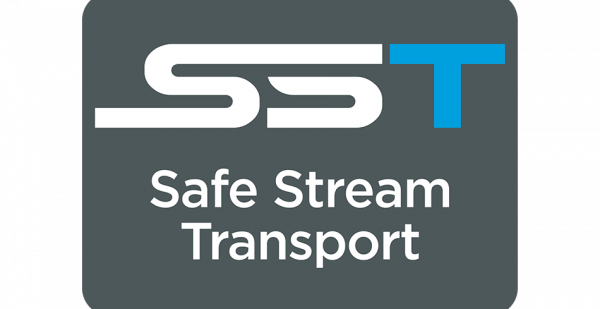Editor’s note: This is the second article in a series on remote production by guest author Adrian Pennington. You can see the first post here.
Contribution, in the broadcast sense, is the delivery of video from a camera to a studio control area for processing and production. It’s a mainstay of live production but no-one wants it to contribute any more than necessary to the cost.
Producers with tight budget constraints (and who isn’t one of those?) have been exploring ways of reducing the amount of crew and facilities on site with at-home or remote-integration models (REMI) and, by extension, the cost of transmitting signals from A to B before onward distribution.
There are four basic video contribution options, each with pluses and minuses.
Satellite
Satellite offers the ultimate in high bandwidth. Its strongest suit remains the ability to contribute links from almost anywhere with guaranteed multi-camera and audio sync. But uplinks are notoriously expensive, especially for temporary periods. Connections need booking in advance and require pretty expensive terminal gear on both ends of the circuit.
Fiber-Optic Cable
Another super-fast option with copious bandwidth and lightweight compression is private fiber-optic cable. Fiber circuits can provide a stable level of latency and therefore the ability to sync video and audio feeds. The main downside, once again, is the cost which can put it beyond the boundary of most budgets. Such managed terrestrial video networks also require advanced planning, and are still only available in locations where carriers have chosen to deploy regional Points of Presence or PoPs.
In addition, the majority of venues in Europe and the US simply do not have a dedicated fiber connection and there’s often a total lack of such connectivity in less developed markets.
Mobile Networks
The possibility of using mobile cellular networks has come on in leaps and bounds in recent years. 3G and 4G networks are capable of streaming live video, especially if good compression is used, and they can be cost-effective too. The main issue is reliability. Telecom providers vary in coverage and signal strength, so picking a single provider for the whole of a cycle race, for example, may not guarantee you quality of service (QoS).
Multiple network providers can be ‘bonded’ together to form a single connection which can work for ad-hoc news gathering or as part of your overall production contributing footage wirelessly, from locker rooms for example. This solution is not, however, ideal for streaming multi-camera live events at a reasonable cost.
Public Internet
What’s left is the public internet, an infrastructure notoriously fraught with limited bandwidth, security issues, and fluctuating reliability. The internet’s primary obstacle is minimizing or eliminating video drift and maintaining lip sync over tens of encoder streams. Surely you wouldn’t touch that if you are to serve your brand and audience in the best possible way?
Well, that’s yesterday’s news. Technological advances have made use of the internet for REMI as a genuine alternative even for high-value signal contribution.
Most of the issues with the internet were associated with RTMP, the basic video over the net distribution method which slowed down the stream and dramatically increased end-to-end latency while not providing content encryption.
The industry is turning to SRT (Secure Reliable Transport), an open-source (and Emmy®-Award winning) internet streaming protocol, expressly designed for high-performance, secure, transmission and bandwidth optimization.
Hybrid Contribution Workflows
Producers of most major US sports events still rely on satellite or fiber to contribute their main feed, but are increasingly using the internet for contribution of additional content from tunnel areas, sidelines, commentary positions, multiple in-game camera angles, or fanzones outside the stadium.
Such ‘hybrid’ workflows, in which satellite or fiber is used in conjunction with an unmanaged network, can also relay a feed of the output back to a presenter on site displaying the coverage for confidence monitoring. The bidirectional capability of the internet is further being used by sports federations to deliver video analysis to the on-field officials from the remotely located Video Assistant Referee (VAR).
A growing number of live events have gone further and made REMI over the internet the center of their production workflow. Riot Games’ 34 HD 60p source capture of a League of Legends eSports contest last May was streamed from Paris back to Riot Games’ Los Angeles control room for live cutting and production. The latency over 5,500 miles was just 175ms with “zero” impact on the production team, it claimed.
The video game developer didn’t stop there. Riot Games also remotely transported the teleprompter over IP: actual scrolling and prompting was performed in LA and fed to a prompting portable system in Paris. Riot Games tested sharing, audio mixing, and switching from LA, proving that it can produce the same high quality shows from anywhere without having to compromise on quality or spend a fortune.
While some might think this was a niche event, the League of Legends event was streamed to millions of fans worldwide across sites like Twitch. It’s massive, and part of the reason is that publishers are able to reach audiences all over the world from any location is with the live stream.
This is not possible if cost is in any way a consideration without using the internet and the right combination of technologies. Fortunately, with the evolution of streaming technology, fans from across the world are able to access their favourite events like never before.
To learn more about remote production workflows over the internet, Haivision has created a white paper called Synchronizing Video Sources Over the Internet for Live Remote Production. It offers an overview on how broadcasters can leverage the latest video streaming technologies to satisfy the demands of remote workflows without the traditional costs and logistical challenges.








